Meet the marques channelling off-road style into new utility vehicles

At some point later this year, Land Rover will unveil its long, long-awaited replacement for the original Defender, a car that can trace its origins back to the formation of the company 70 years ago in 1948. The Defender bowed out in 2016, crude, noisy, unrefined and pretty much bottom of its class. Yet for all their acquired inner-city chic and fashionable utilitarianism, it’s easy to forget that the very first off-road vehicles were designed for military and agricultural use – crudity was a virtue, not a problem.
The very first Land Rover was essentially a way for Rover to soak up surplus wartime aluminium while also making a vehicle that was suitable for export at a time of strict sales quotas. This expediency only came about due to Maurice Wilks’ realisation that surplus army Jeeps were just as suitable for ploughed muddy fields as for crossing real battlefields. So began 70 years of evolution, with Land Rovers of myriad shapes and sizes finding their way around the globe.
Others followed and today utility continues to be fetishised, despite the original's current unavailability. ‘Utility' has also given way to a form of rugged luxury, and today numerous companies can convert and transform the icons of utility motoring from the likes of Land Rover, Mercedes, Jeep and Toyota into bespoke conveyances. Their popularity has inspired manufacturers to keep their options open; Mercedes recently re-launched the G-Wagen, Jeep is bringing back the Wrangler and the Toyota Land-Cruiser remains a stubbornly unfashionable, but unbreakable, lump.
But are there any true heirs to the utility crown? We’ve tracked down three new cars that promise off-road brilliance without pretentious price tags or unnecessary luxuries, proving that the spirit of the original Defender will linger on, regardless of the shape and scope of its replacement.
Mobius II
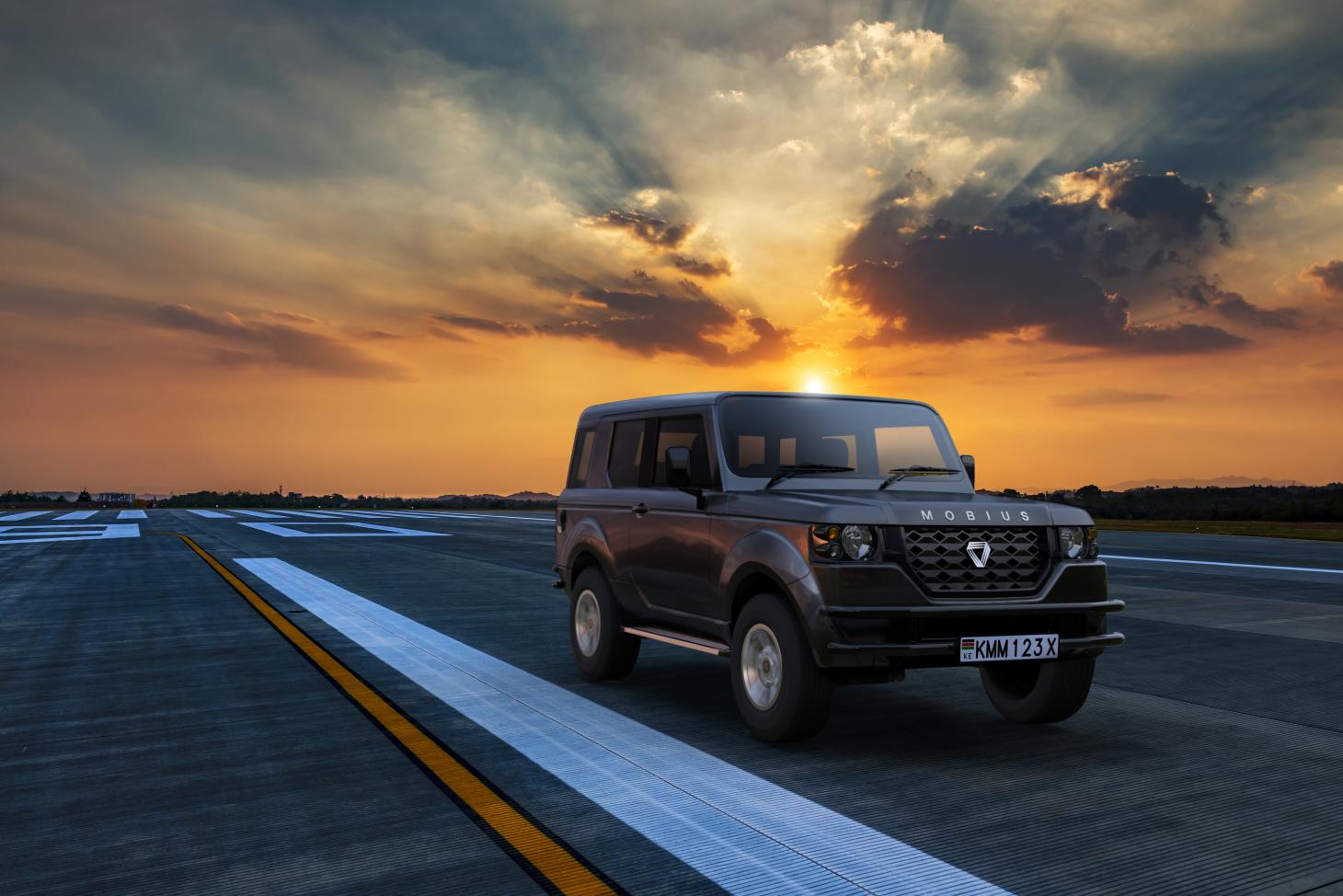
Mobius Motors is building a car for the East African market in Kenya, figuring that local conditions and demand require a local production facility with all the requisite experience to hand, rather than rely on imports. Three years in the development, the company hopes to make several thousand units a year, all down to a functional price. Starting with the most basic ‘Cargo’ trim – about 1.3m Kenyan Shillings (£10k) – all the way up to the ‘Adventure Plus’ model at 1.57m (approximately £12k), the Mobius II is not an expensive car.
‘For context, this will be a new SUV that is comparable to the price of a seven-year old used sedan, which is what most customers buy in the local market,’ says Dr. Markus Schroder, the new company’s commercial director. Schroder adds that ‘the design of the new Mobius II is driven by our core value of Simplify. This is expressed through our focus on the most critical functional needs of local drivers (e.g. ruggedness, durability) and an aesthetic oriented around both beauty and simplicity.’ mobiusmotors.com
Bollinger B1
Receive our daily digest of inspiration, escapism and design stories from around the world direct to your inbox.
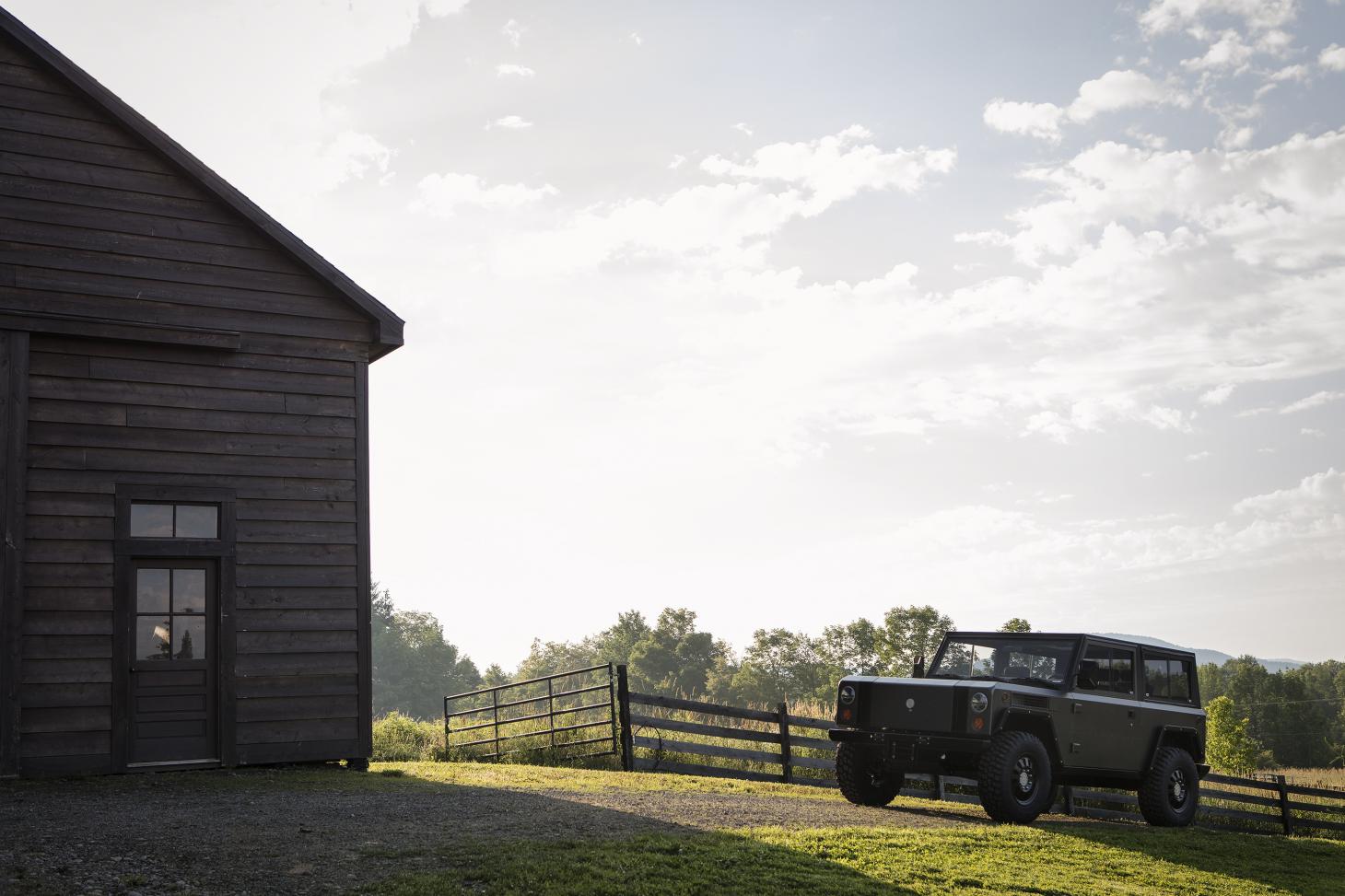
A similarly straightforward aesthetic underpins the new Bollinger B1, a new truck being built in Hobart, New York. Created by Robert Bollinger, the ace up the B1’s sleeve is an all-electric powertrain, cloaked in an angular body. ‘This is the truck I'd want to buy,’ Bollinger tells us, ‘it's that simple. I was looking for an EV and there was nothing on the market that I could bring myself to buy. I didn't want a big sedan. I didn't want a little hatchback. And I didn't want a hybrid that pretends to be worth it. So the B1 was born in my head and then we set out to make an amazing truck.’
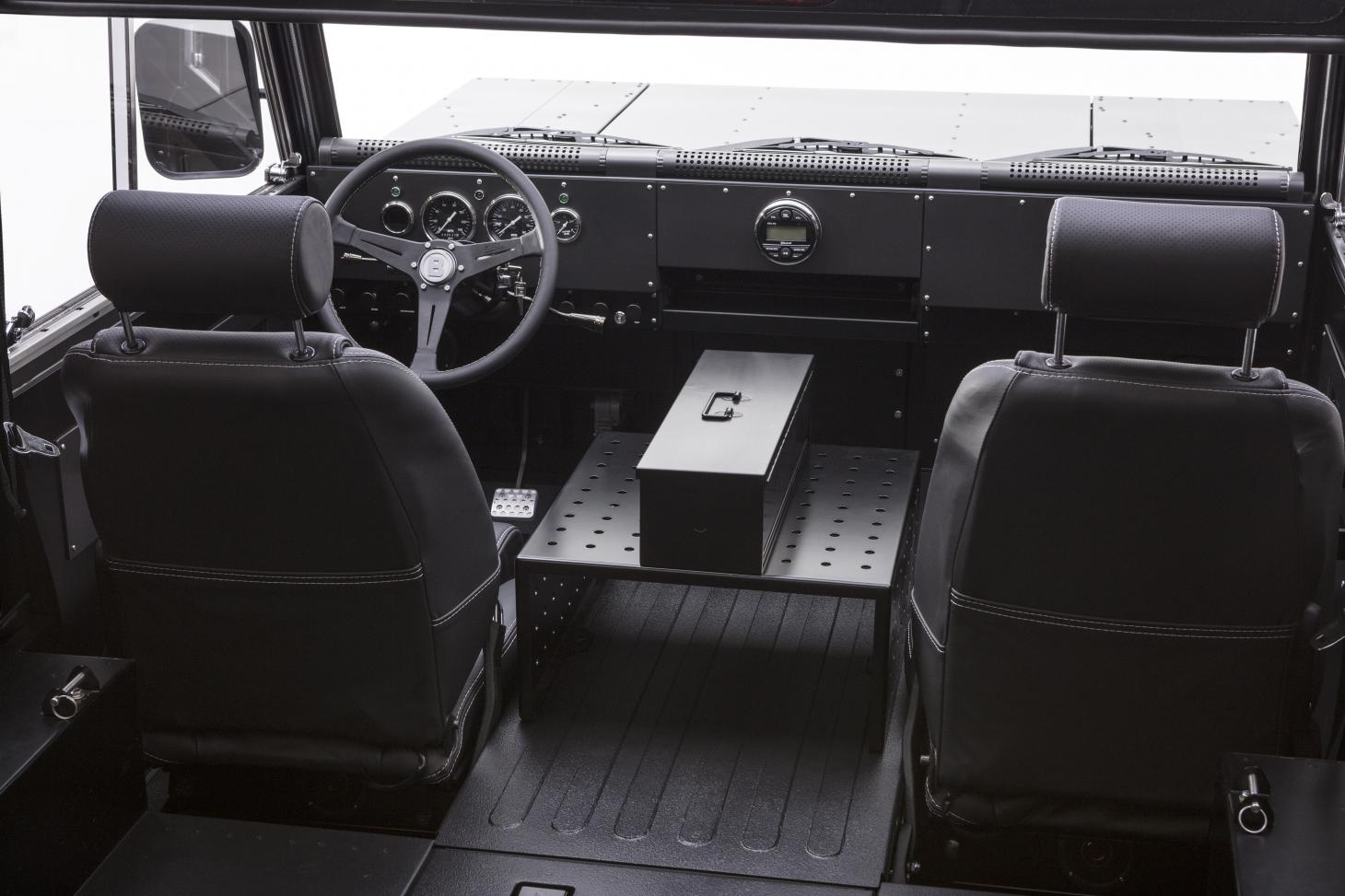
Aimed at hardcore off-roaders, Bollinger believes the B1 hits a very contemporary sweet spot. ‘It has incredible capability, hands-on simplicity and green technology,’ he explains, adding that the primary inspiration was ‘simplicity.’ ‘We put the engineering and the work into what the truck can do, not how many trinkets you can stuff in there,’ he says, ‘For the body, we focused on how to make it all in-house, so that required simple bends in flat sheet metal. No complicated stampings... in the end the truck had to have a look that was singular in thought.’
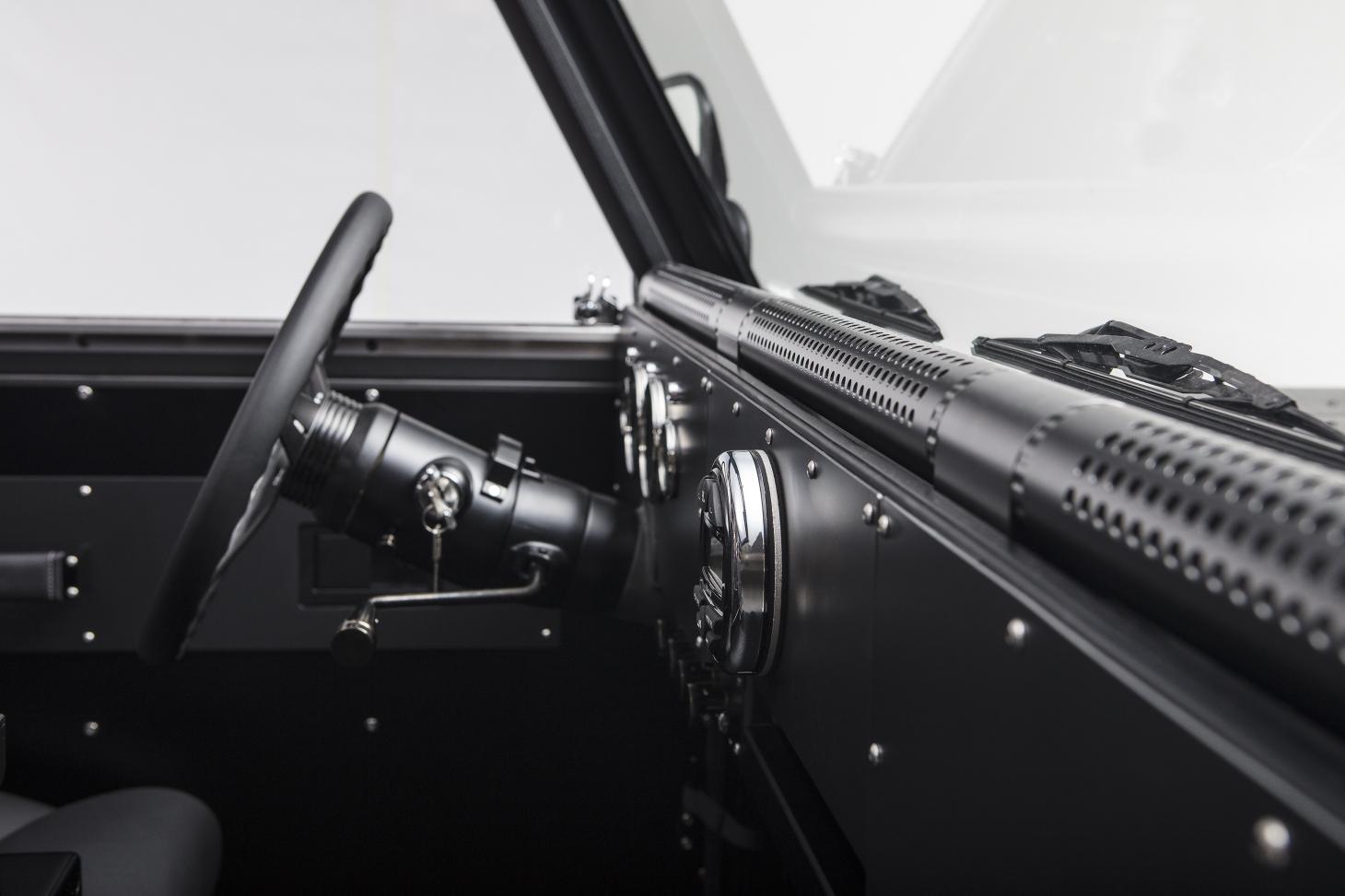
Bollinger is still a small operation, with just eight people working to turn the well-received prototype into a production vehicle. Regardless of the extent of the final production run, the B1 has already gone down as a bit of a design classic, an impressive update of utility values yet with future friendly underpinnings. Bollinger hasn't ruled out taking his approach to the mass-market. ‘It's one of the production directions we're looking at now,' he says, ‘we're investigating where in the timeline a higher volume vehicle would fit in. But regardless of the volume, we'll always keep our DNA of simplicity, capability, and innovation.' bollingermotors.com
Coming soon
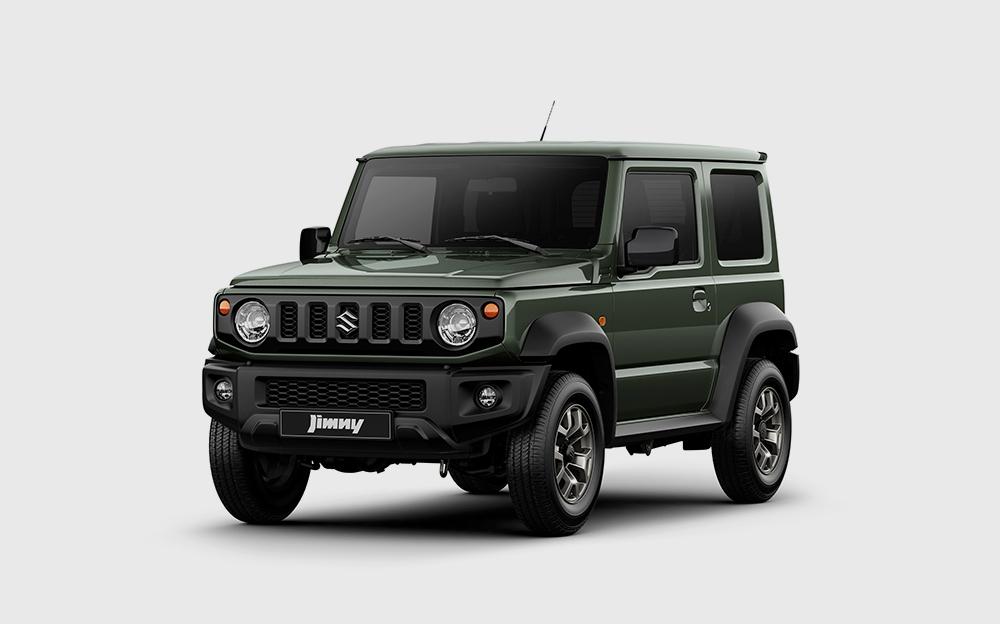
For those in search of swifter gratification, and who aren't in need of an entirely bespoke Bollinger or have access to an East African exporter, there are other options. Ultra-low budget brand Dacia have a new version of their entirely unpretentious Duster, perhaps the most frill-free car on the market. It has the benefit of being available right now (we'll be sampling one soon).
But enthusiasts are also pointing to another new exponent of utility chic, the humble Suzuki Jimny. One of the most diminutive 4x4s on the market, the Jimny has been around since 1970. The car that made Suzuki's name outside Japan, it began life as a cut-down Jeep clone, eventually evolving into a compact SUV before losing its way slightly around about generation three.
The newest Jimny model, the fourth, is due for delivery soon. The company's designers have gone straight back to the source, with a retro-infused exterior, stripped down interior and an all-round ethos of back to basics integrity. The new Land Rover Defender has a mountain to climb if it wants to retain its crown. dacia.co.uk, suzuki.co.uk
Jonathan Bell has written for Wallpaper* magazine since 1999, covering everything from architecture and transport design to books, tech and graphic design. He is now the magazine’s Transport and Technology Editor. Jonathan has written and edited 15 books, including Concept Car Design, 21st Century House, and The New Modern House. He is also the host of Wallpaper’s first podcast.
-
 This cult Los Angeles pop-up restaurant now has a permanent address
This cult Los Angeles pop-up restaurant now has a permanent addressChef Brian Baik’s Corridor 109 makes its permanent debut in Melrose Hill. No surprise, it's now one of the hardest tables in town to book
-
 French bistro restaurant Maset channels the ease of the Mediterranean in London
French bistro restaurant Maset channels the ease of the Mediterranean in LondonThis Marylebone restaurant is shaped by the coastal flavours, materials and rhythms of southern France
-
 How ethical is Google Street View, asks Jon Rafman in Copenhagen
How ethical is Google Street View, asks Jon Rafman in CopenhagenIn 'Report a Concern - the Nine Eyes Archives' at Louisiana Museum of Art, Copenhagen, Jon Rafman considers technology's existential implications
-
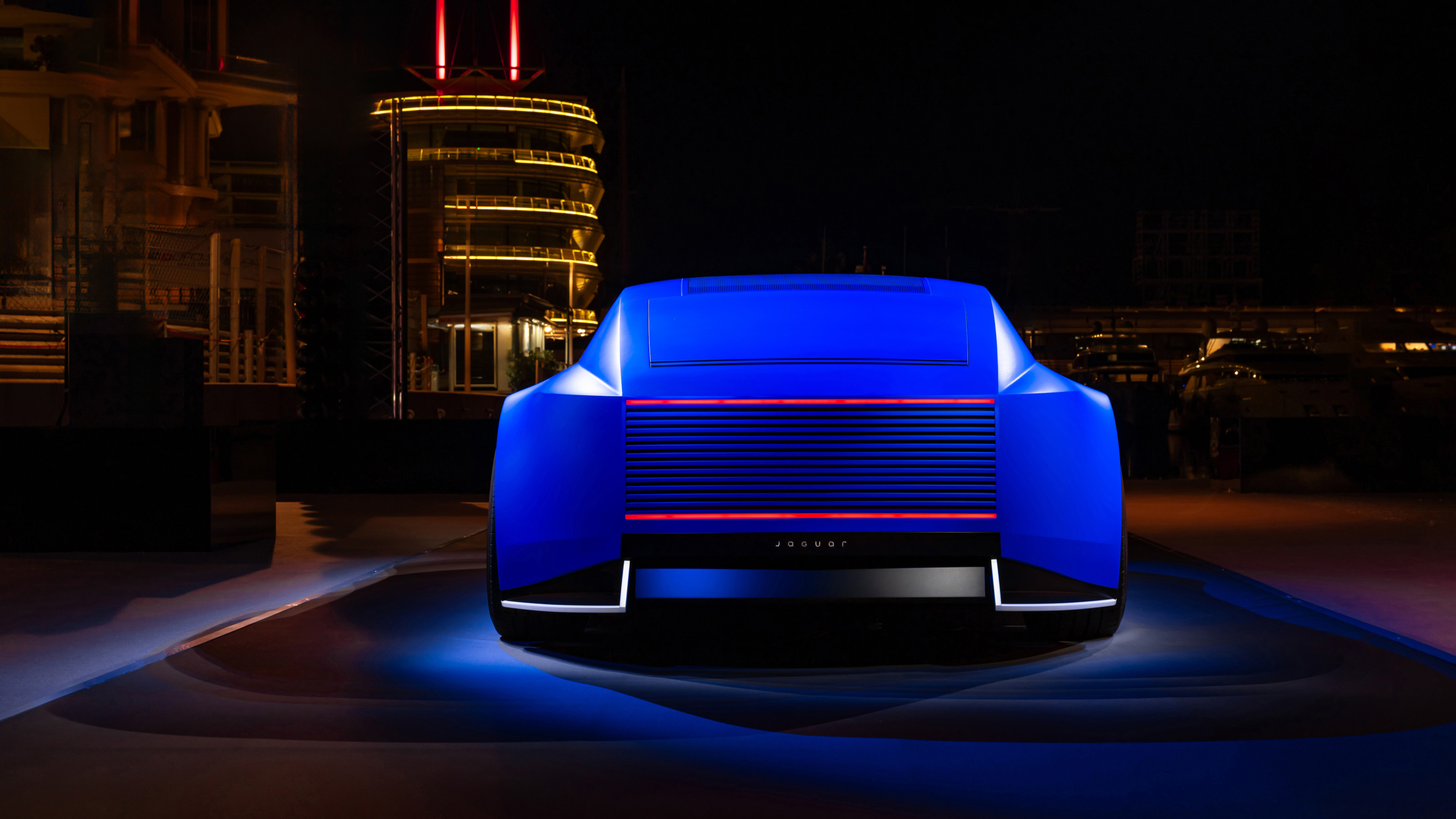 JLR is a mainstay of modern motoring luxury, but do car brands need creative figureheads?
JLR is a mainstay of modern motoring luxury, but do car brands need creative figureheads?With Gerry McGovern reportedly departing from Jaguar Land Rover, what next for the Indian-owned, British-built house of brands?
-
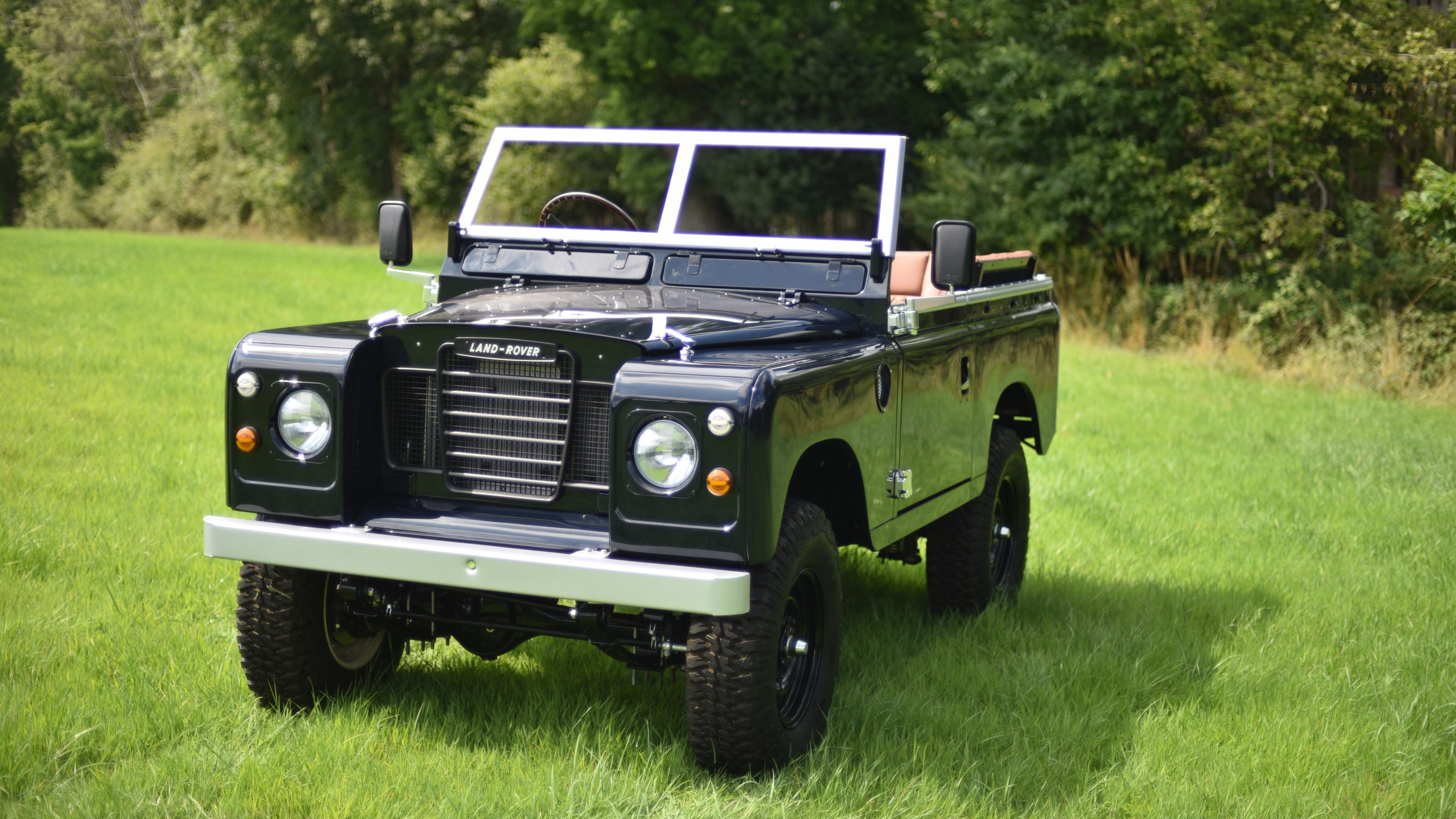 A unique Land Rover Series III, The Admiral is a truly shipshape restomod
A unique Land Rover Series III, The Admiral is a truly shipshape restomodKent Heritage Works have launched their 1 of 1 collection with a thoroughly upgrade Land Rover Series III
-
 How will future car interiors take shape? London studio NewTerritory has a vision for automotive design
How will future car interiors take shape? London studio NewTerritory has a vision for automotive designDesign studio NewTerritory has set up a new automotive division to explore the future of car interiors. We interrogate the team
-
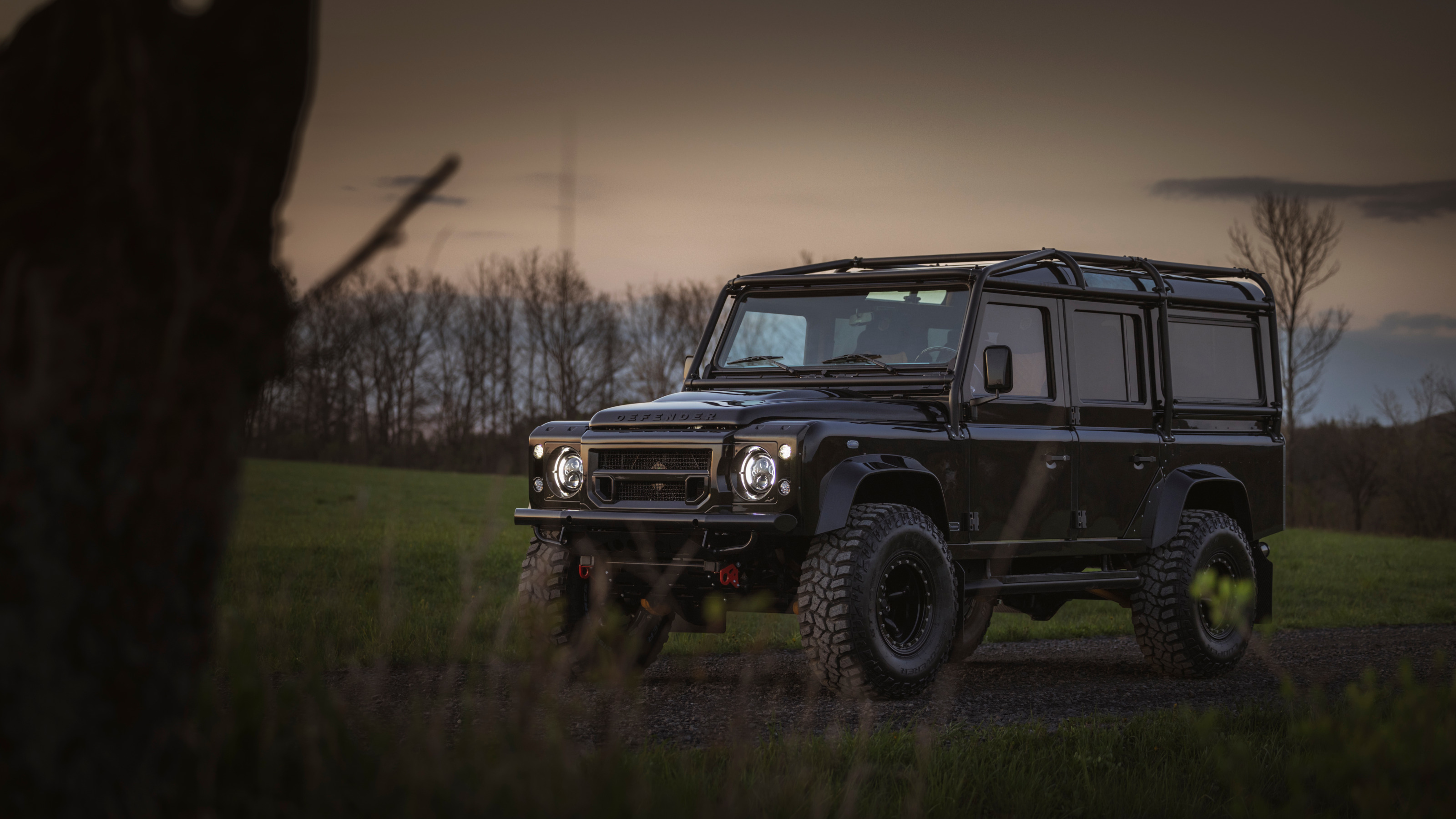 Are these the most luxurious Land Rovers ever? Welcome to the refined world of Helderburg
Are these the most luxurious Land Rovers ever? Welcome to the refined world of HelderburgEast Coast Land Rover specialists Helderburg are committed to the very best, transforming the classic British utility vehicle into bespoke individual creations
-
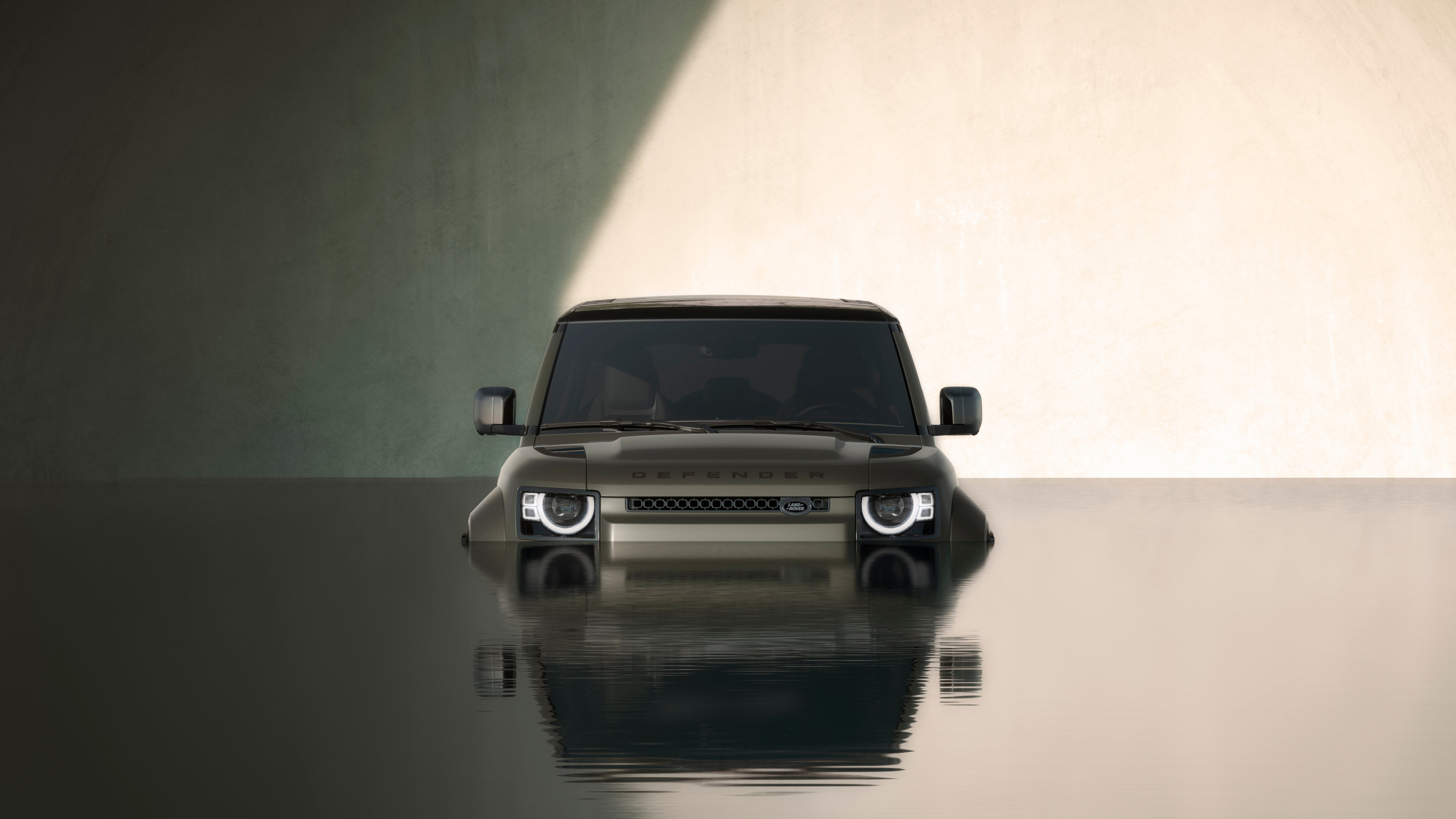 The 2024 Goodwood Festival of Speed hosted a wealth of auto innovation, from hypercars to hot hatches
The 2024 Goodwood Festival of Speed hosted a wealth of auto innovation, from hypercars to hot hatchesThe best new SUVs, EVs, hatchbacks and supercars to emerge from the 2024 Goodwood Festival of Speed
-
 British sports car builder Caterham teams up with the RAF to create this bespoke machine
British sports car builder Caterham teams up with the RAF to create this bespoke machineHelicopter parts are repurposed for the bodywork of this Caterham Seven 360R, built in collaboration with RAF Benson
-
 Land Rover’s robust and enduring Defender is still a platform for automotive creativity
Land Rover’s robust and enduring Defender is still a platform for automotive creativityThe iconic Land Rover Defender will never die out; here’s our guide to the world’s best specialists providing restorations and restomods of this British design classic
-
 David Brown Automotive transforms original Mini into a high-end, high-spec EV
David Brown Automotive transforms original Mini into a high-end, high-spec EVThe DBA Mini eMastered: luxury motoring is rarely so altruistic and joyful